Nestled in the sun-drenched hills of southern France, Provence’s lesser-known
villages offer an enchanting escape from the region’s more tourist-heavy
destinations. Beyond the famous fields of Valensole and Sault lie intimate
communities where lavender isn’t just a crop — it’s a way of life that shapes daily
routines, local traditions, and centuries-old customs.
These hidden gems invite you to discover the authentic heart of Provence’s lavender
country, where ancient stone houses stand amid seas of purple blooms, and time
seems to move at the gentle pace of buzzing bees.
Saint-Trinit
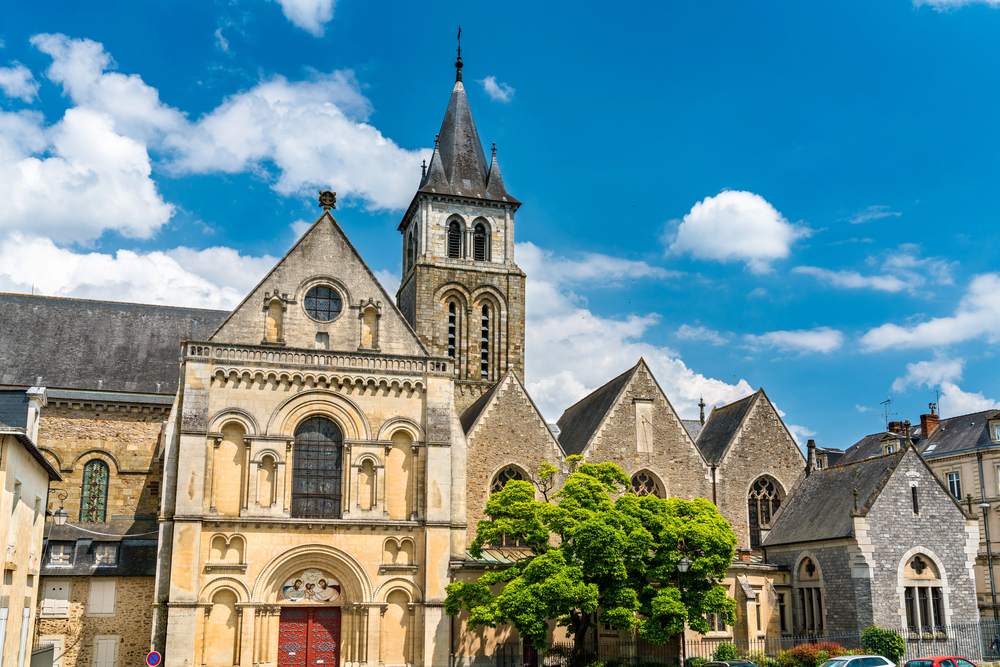
Perched at 2,789 feet above sea level, Saint-Trinit greets each morning with waves
of lavender stretching toward the horizon. The village’s 12th-century church tower
serves as a landmark for local beekeepers who bring their hives to the surrounding
fields each summer.
You’ll find the most vibrant blooms along the winding Route des Lavandes, where third-generation farmers still harvest their crops by hand.
Vachères
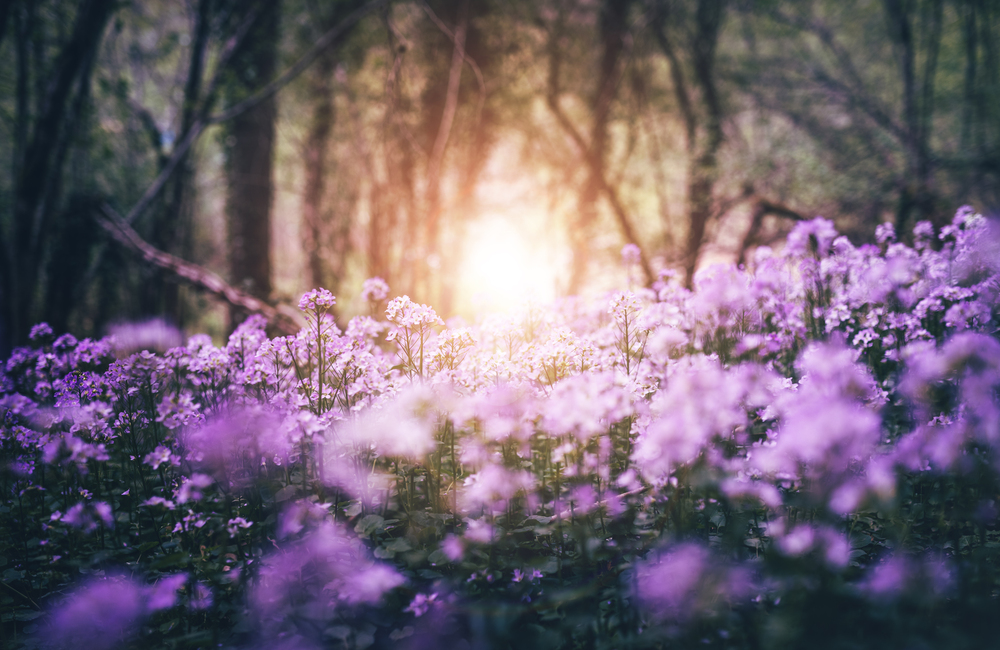
This medieval village tucked into the Alpes-de-Haute-Provence celebrates its
lavender heritage through ancient distillation techniques preserved by local families.
The village’s stone-built cooperative distillery, dating from 1923, still processes
lavender using traditional copper stills and age-old methods.
Narrow cobblestone streets lead to panoramic viewpoints where you can watch the morning mist rise from purple-tinged valleys.
Like Travel Pug’s content? Follow us on MSN.
Ferrassières
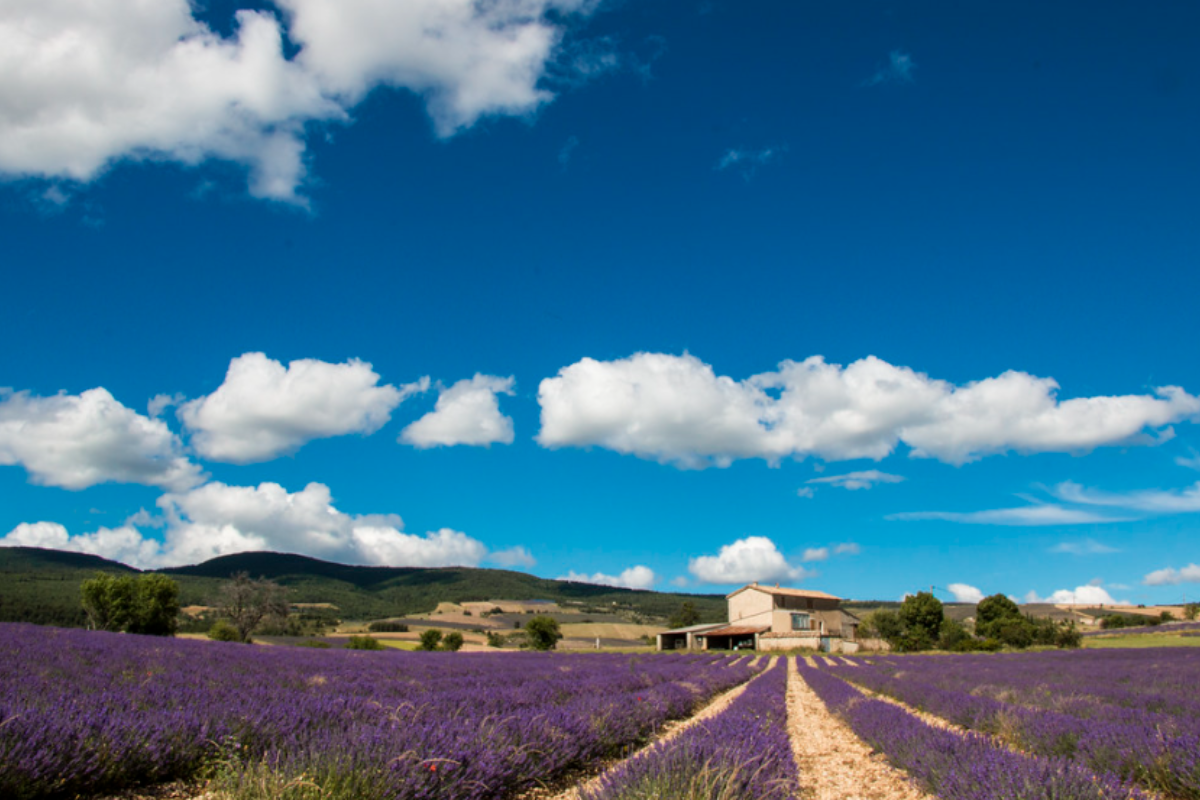
In the remote highlands of the Albion plateau, Ferrassières maintains its reputation
for producing some of the finest wild lavender in Provence. The village’s annual Fête
de la Lavande showcases traditional harvesting demonstrations using sickles and
hand-tied bouquets.
Local artisans craft soaps and essential oils in centuries-old workshops that fill narrow alleyways with intoxicating scents.
Revest-du-Bion
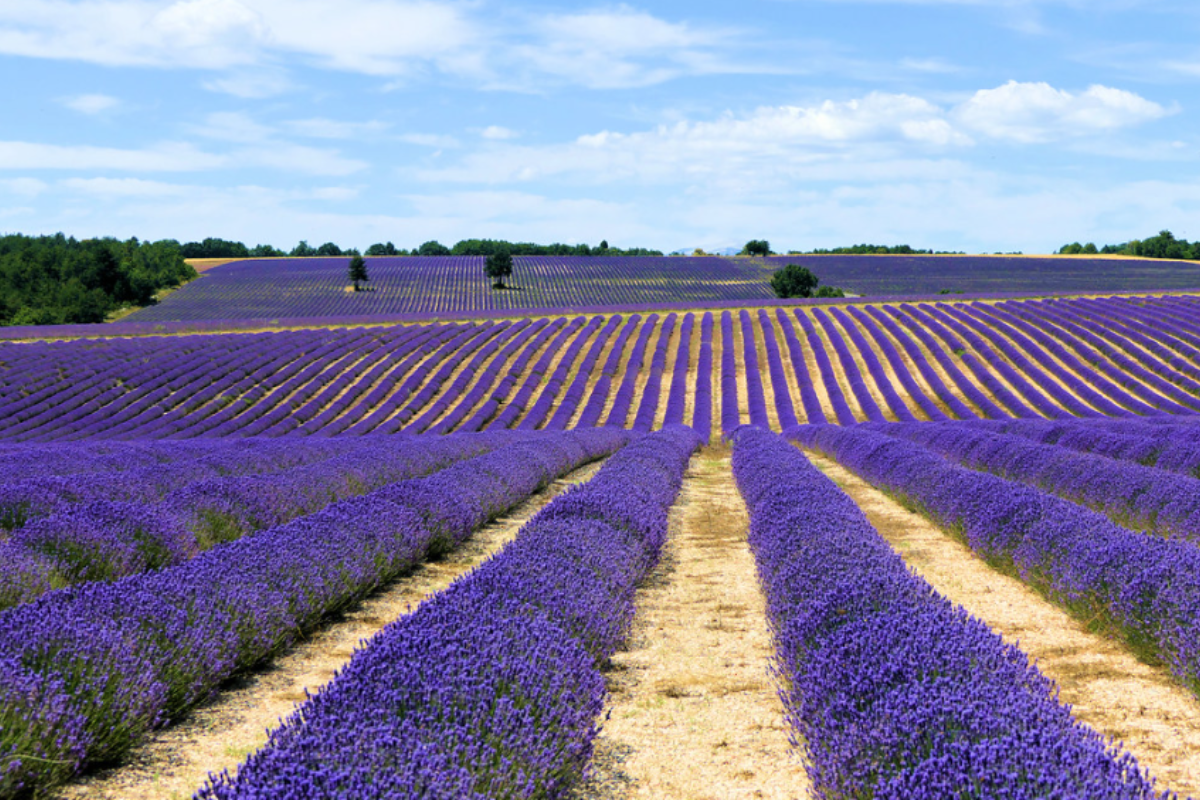
This charming village guards the secrets of true lavande fine, growing at elevations
exceeding 2,625 feet. Ancient stone terraces, carefully maintained by farming
families, create a stunning patchwork of purple against the limestone landscape. The
village’s lavender museum, housed in a restored 17th-century barn, tells the story of
cultivation techniques passed down through generations.
Montbrun-les-Bains
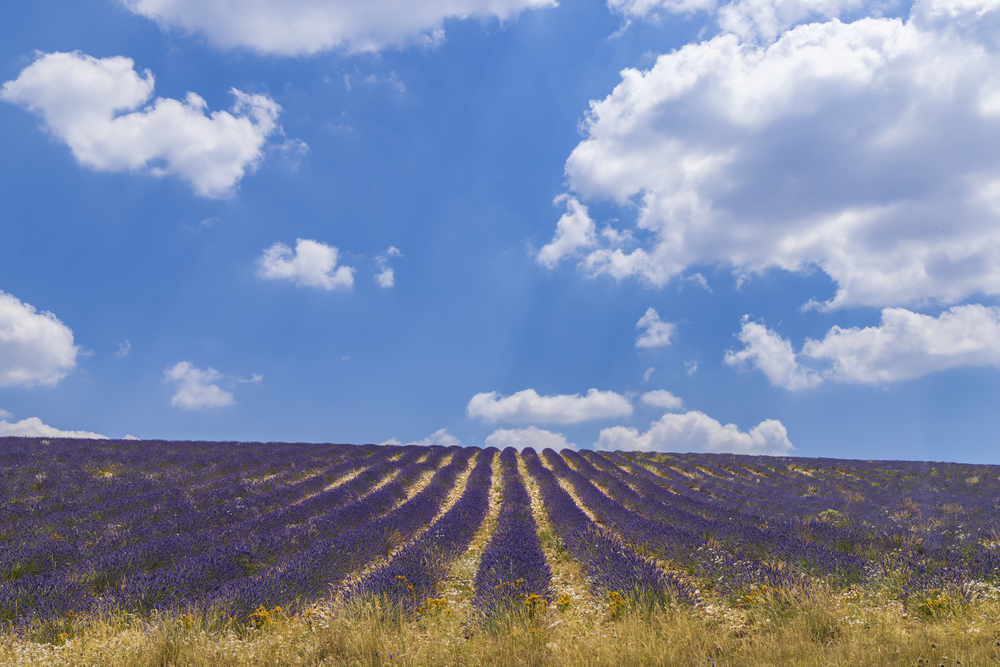
This thermal village combines the therapeutic properties of its mineral springs with
the healing essence of surrounding lavender fields. Medieval ramparts frame picture-
perfect views of Mont Ventoux rising above endless rows of purple blooms.
The village’s wellness tradition lives on in its thermal baths, where lavender-infused
treatments follow recipes dating back to Roman times.
Like Travel Pug’s content? Follow us on MSN.
Simiane-la-Rotonde
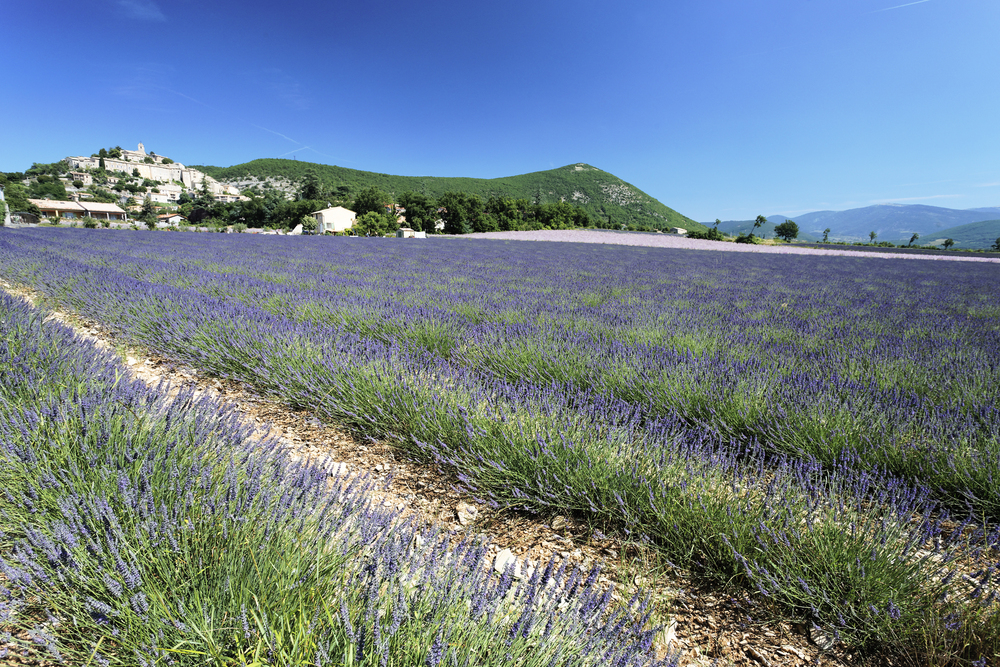
Known for its distinctive rotunda tower, this village celebrates the artistic side of
lavender cultivation through workshops and exhibitions. Local artists open their
studios during the summer months, displaying works inspired by the surrounding
purple landscapes.
The village’s restored medieval hall hosts an annual lavender craft fair where you can learn traditional bouquet-making techniques.
Banon
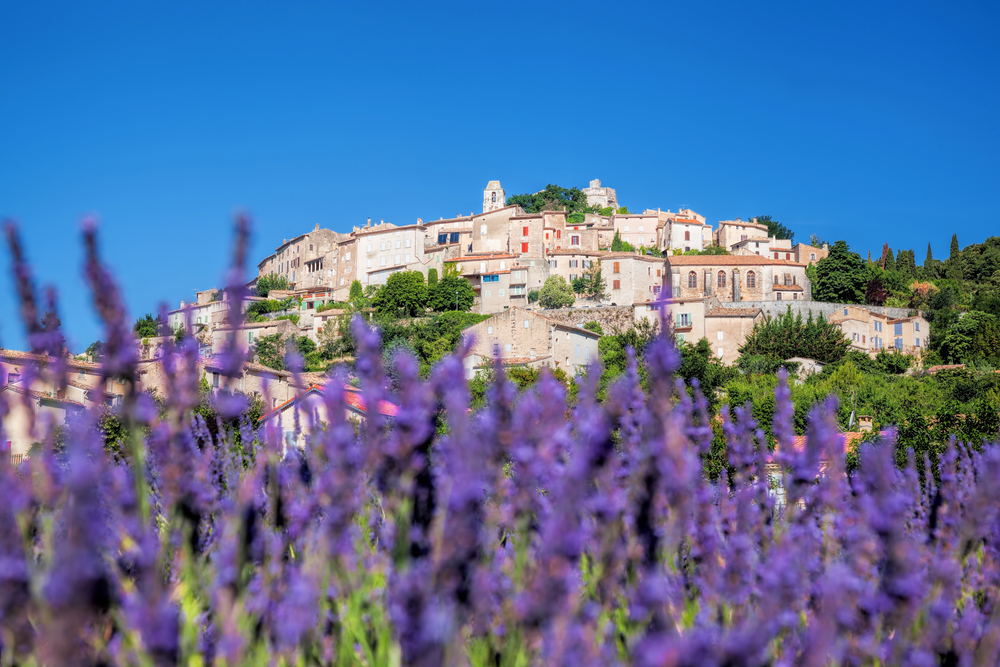
Famous for its goat cheese wrapped in chestnut leaves, Banon offers a unique
combination of culinary and lavender traditions. The village bookstore, one of the
largest in rural France, features an extensive collection of botanical works and local
lavender literature.
Traditional recipes incorporating lavender honey and flowers are shared at the weekly market in the main square.
Monieux
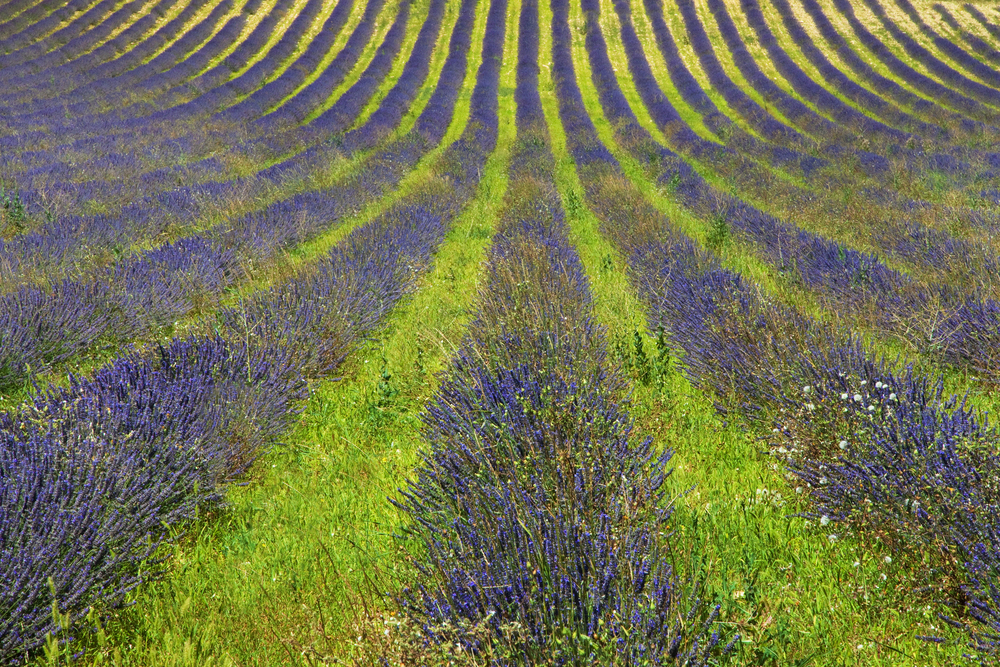
Situated on the edge of the Gorges de la Nesque, Monieux provides dramatic views
of lavender fields cascading down mountain slopes. The village’s position between
purple plateaus and deep canyons creates perfect conditions for rare butterfly
species that thrive in lavender fields.
Local guides offer dawn walks to witness the first light, touching the fragrant blooms while sharing stories of the village’s resistance history.
Like Travel Pug’s content? Follow us on MSN.
Lagarde-d’Apt
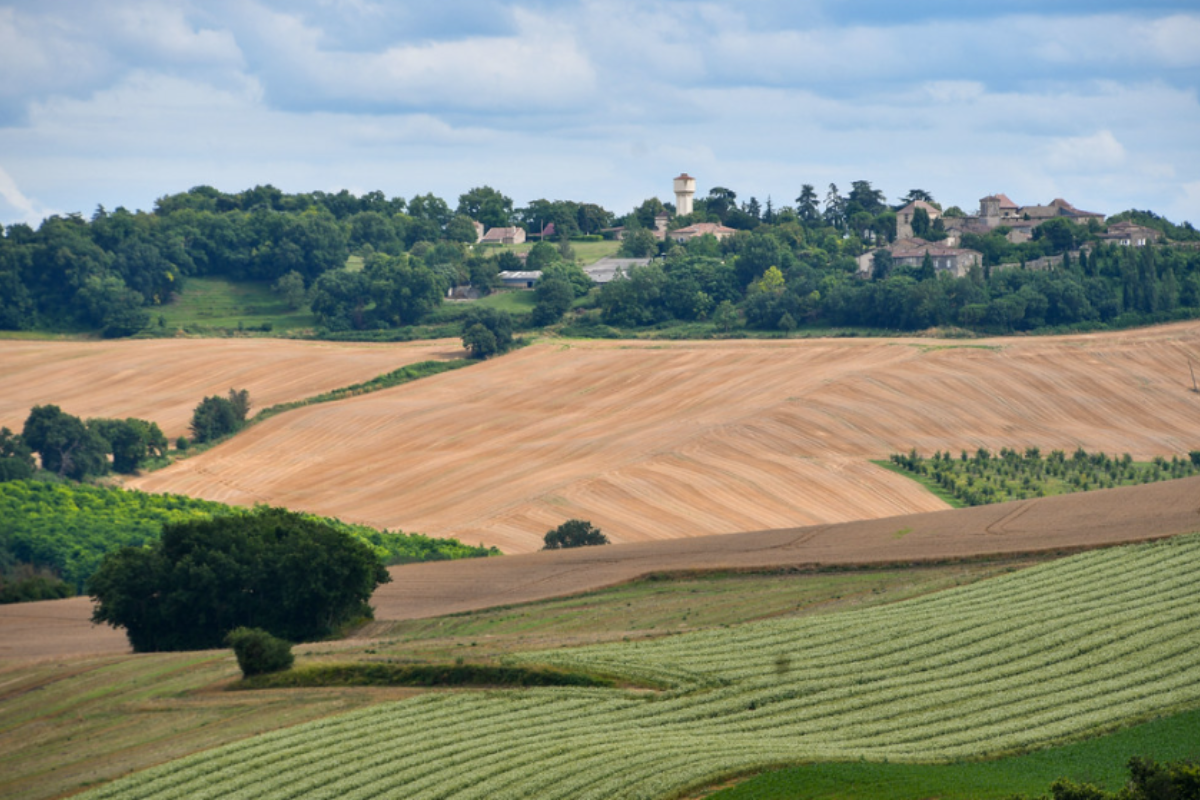
This tiny hamlet floating above the Luberon Valley guards some of Provence’s most
isolated lavender fields. Ancient shepherds’ huts, converted into seasonal homes,
dot the landscape where sheep still graze between rows of purple.
The village’s single café becomes a gathering point for harvesters sharing traditional songs and stories during the summer months.
Sainte-Croix-à-Lauze
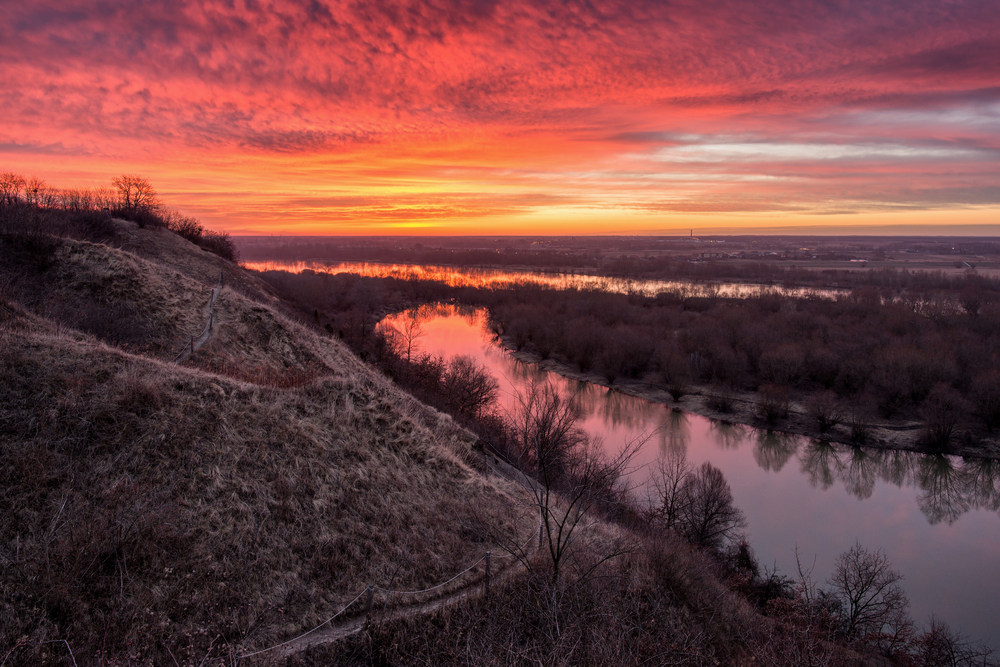
Clustered around its Romanesque church, this village maintains spiritual connections
to lavender cultivation through ancient blessing ceremonies. Farm families still mark
the harvest season with traditional prayers for abundant blooms and favorable
weather.
The village’s communal bread oven serves lavender-infused focaccia during summer festivals, following recipes preserved by local grandmothers.
Oppedette
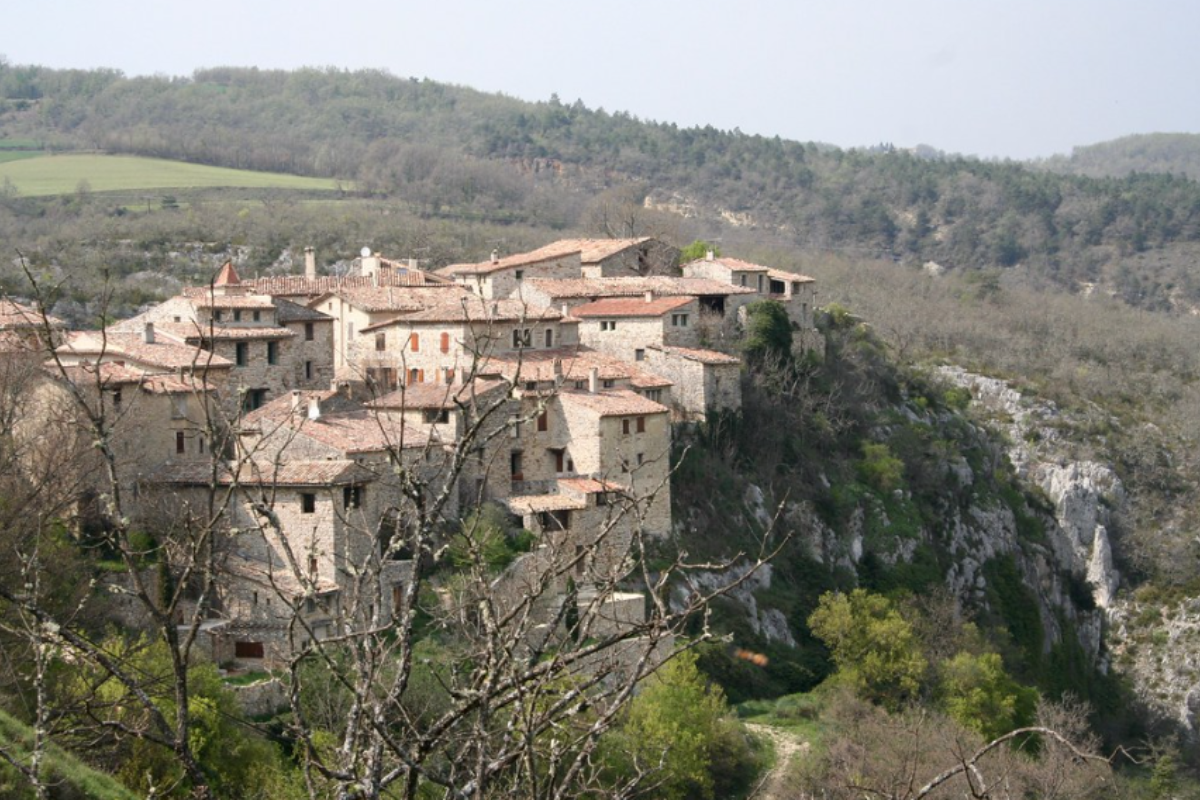
Tucked into a dramatic gorge, Oppedette surprises visitors with secret lavender
fields accessible only by ancient mule paths. The village’s position between cliff
faces creates unique microclimates where lavender blooms earlier than surrounding
areas.
Local families maintain traditional bee skeps in their gardens, producing highly sought-after gorge honey with distinct lavender notes.
Like Travel Pug’s content? Follow us on MSN.
Redortiers
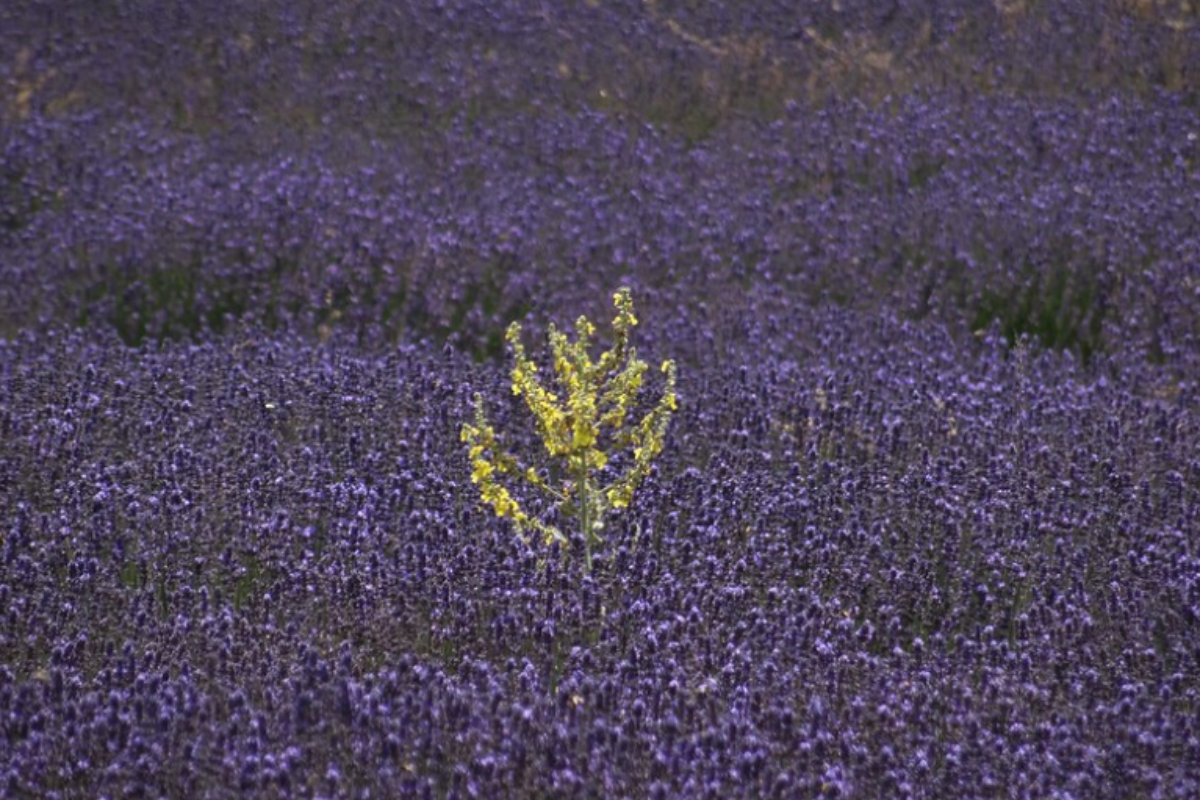
This remote village specializes in wild mountain lavender harvested from naturally
occurring fields above 3,281 feet. Ancient stone shelters provide resting spots for
harvesters who still collect wild lavender by hand during the brief mountain summer.
The village’s lavender cooperative maintains strict traditional standards for wild
harvest techniques and essential oil production.
Saumane
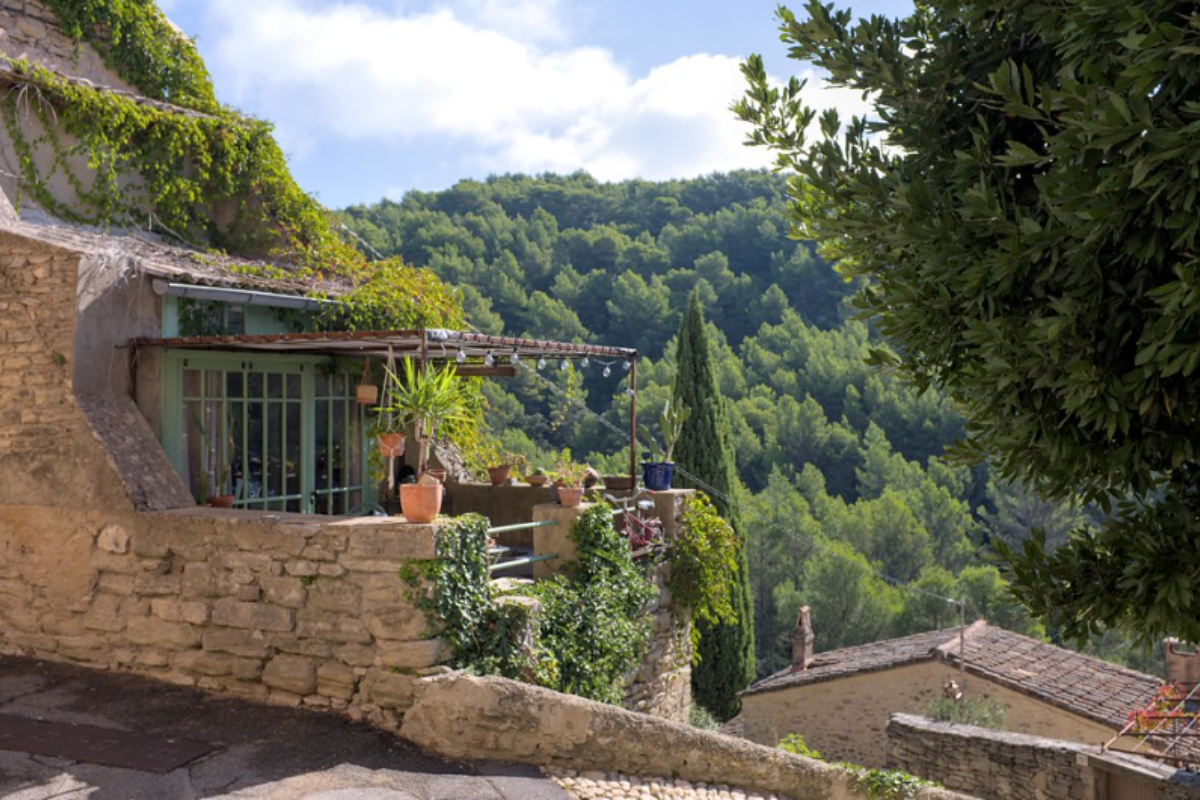
Positioned beneath one of Provence’s clearest night skies, Saumane combines
lavender viewing with celestial observation. The village’s elevated position offers
unobstructed views of purple fields stretching toward the horizon like a terrestrial
galaxy.
Local astronomers host summer stargazing sessions in the lavender fields, sharing ancient Provençal stories about constellations.
Rustre
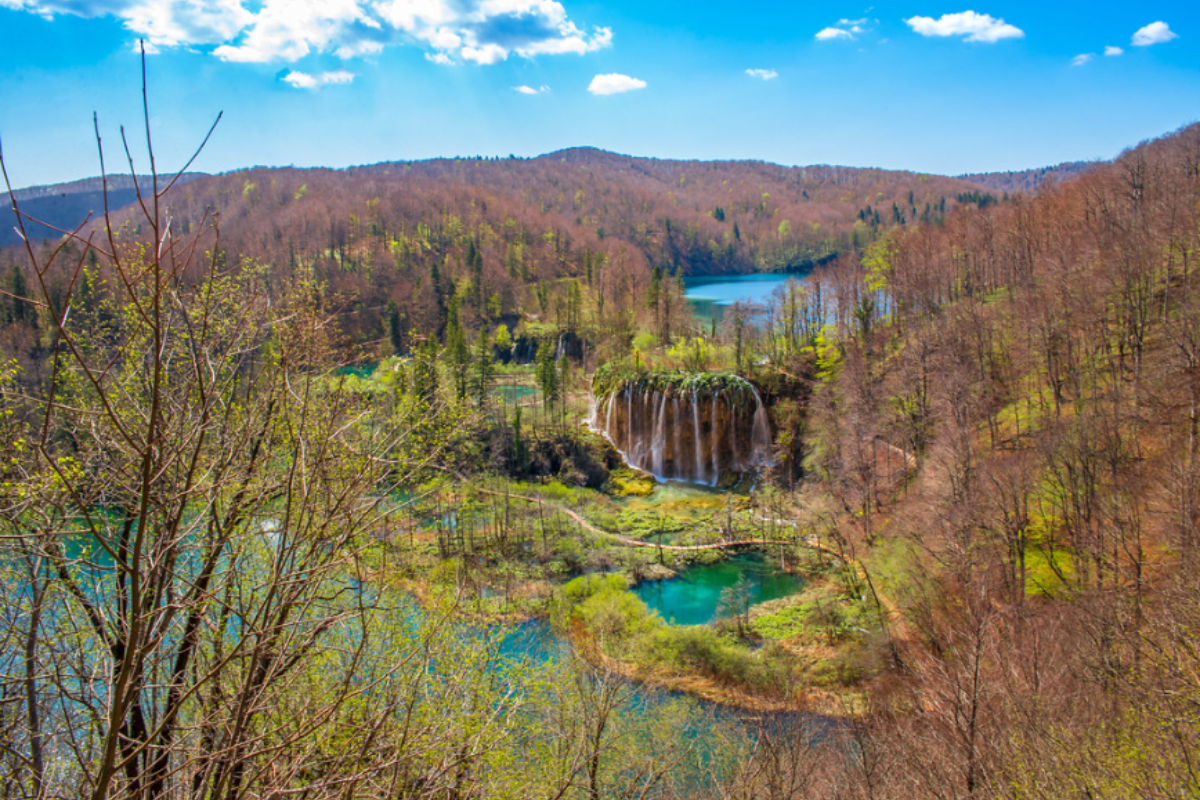
Known as the ‘Colorado Provençal’ for its red cliffs, Rustrel presents a stunning
contrast of purple lavender against ochre landscapes. Traditional farms nestle between colorful rock formations, creating some of Provence’s most photographed
lavender views.
The village’s artisan community produces unique pigments combining local ochres with lavender essences.
Like Travel Pug’s content? Follow us on MSN.
Aulan
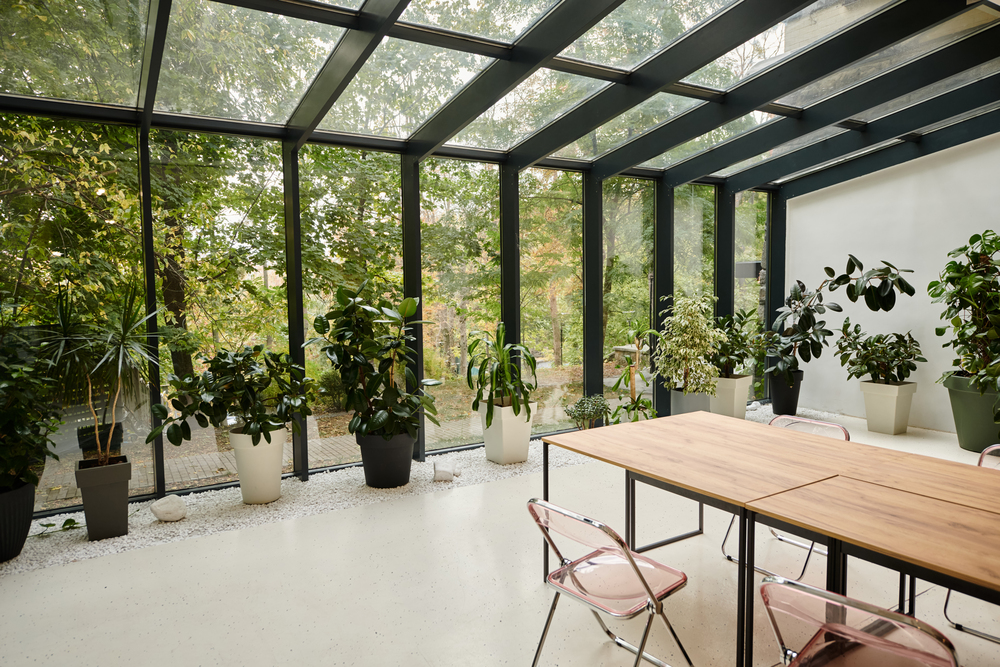
This tiny village, once a baronial seat, preserves medieval paths connecting historic
lavender fields to ancient markets. Stone bridges and stepped trails reveal
spectacular views of castle ruins rising above purple-tinged valleys.
The village’s summer festival recreates medieval lavender trading days with traditional music and historical demonstrations.
Lavender’s Timeless Soul
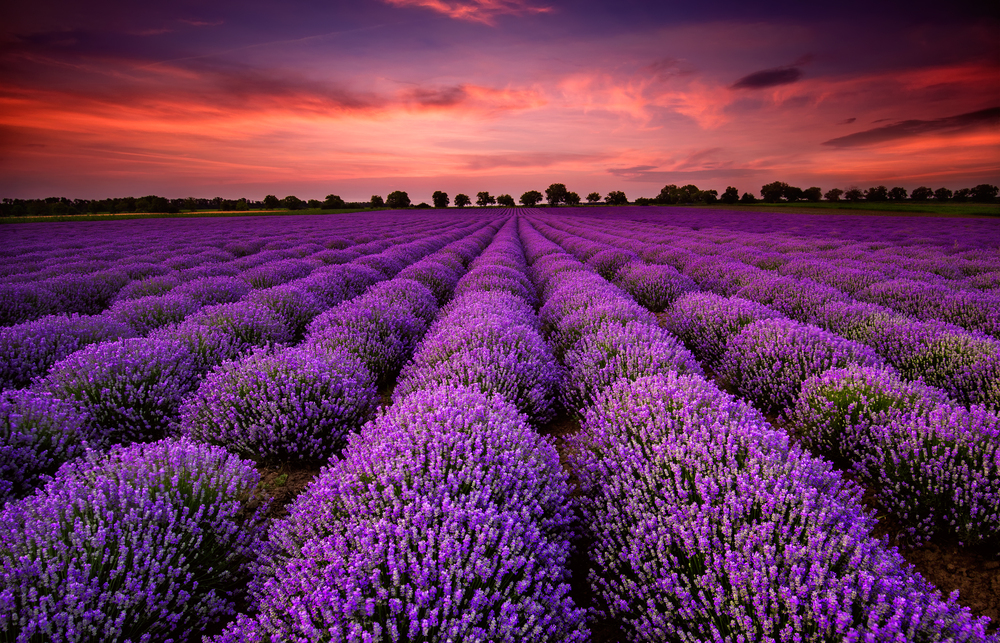
These hidden villages remind us that Provence’s lavender heritage thrives in intimate
communities far from tourist routes. Each stone wall, ancient path, and family
tradition holds stories of generations who have lived in harmony with these fragrant
fields.
Whether you seek art, history, wellness, or simply moments of purple-tinted peace,
these secret corners of Provence invite you to discover their timeless charm at your
own gentle pace.
More from Travel Pug

- 15 Dangerous European Cities to Avoid
- 15 Caribbean Islands Where Tourists Keep Getting Scammed
- The 20 Most Fascinating Abandoned Places: A Journey Through Time and Forgotten Spaces
- 15 Hidden Places in the Smithsonian Museums Locals Love: A Guide to Lesser-Known Treasures
- 16 Hidden Florida Beach Towns That Aren’t Overrun with Tourists
Like Travel Pug’s content? Follow us on MSN.
